Protect your health...and the planet’s

Sea Wave/stock.adobe.com.
Experts estimate that even if all fossil fuel emissions stopped instantly, the world’s food system would still put us on track to exceed the Paris Climate Agreement’s goal of only a 1.5°C rise in global temperature by 2100. Here’s how your diet can make you—and the planet—healthier.

Christopher Gardner is a professor of medicine at the Stanford University School of Medicine. His (mostly government-funded) studies have tested diets, foods, and supplements on markers of health. His research also looks at how to fix food systems that promote obesity and diabetes. Gardner, a member of Nutrition Action’s Science Advisory Board, spoke to Bonnie Liebman.
Healthy plant foods
Q:How can vegetables, fruits, and other plant foods make us healthier?
A: Studies that randomly assign people to eat different diets or track what people eat for years have compared those who eat a standard American diet to those who eat more vegetables, fruits, beans, intact whole grains, and other plant foods.
For the most part, people who eat a plant-rich diet have better cholesterol, blood pressure, blood sugar, inflammatory markers—nearly all the lab values we measure.
Q:Any plant-based diet?
A: No. If you’re eating cookies and Coca-Cola, that’s plant-based, but it’s not healthy.
Harvard’s Frank Hu, Walter Willett, and other researchers broke plant-based foods into two groups. They put vegetables, fruits, beans, nuts, and whole grains in the healthy plant-based diet. And they put soda, refined grains, juices, sweets, and white potatoes in the unhealthy plant-based diet.
When they just looked at all plant-based diets versus diets with more animal foods—like meat, poultry, seafood, dairy, eggs, and butter—they saw small differences in cardiovascular disease, weight, diabetes, and other health outcomes that they track.
But when they looked at a healthy plant-based diet versus an animal-based diet, the differences were stunning.
Q:Do we eat a lot of unhealthy plant foods?
A: Yes. High-quality carbs like whole grains, beans, vegetables, and fruits make up only about 10 percent of our calories. But low-quality carbs—mostly added sugars and refined grains—make up roughly 40 percent. It’s the elephant in the room.
A protein surplus
Q:Do people have to worry that a plant-based diet has too little protein?
A: No. We need a lot less protein than we think, and we eat a lot more protein than we think.
The Recommended Dietary Allowance for protein is about 50 grams a day. But the RDA isn’t the average requirement. It’s set at above average so that it covers roughly 95 percent of the population.
Even so, the average American eats about 90 grams of protein a day. So many of us are eating about twice the RDA.
Q:You wouldn’t know that from protein claims on labels.
A: Right. People are buying protein powder. They’re eating protein bars. Where did they get the idea that we’re lacking protein?
Q:Is animal protein better for us?
A: People think amino acids are missing in plant proteins. They’re not. The 20 amino acids we need are in all plant foods.
Grains are lower in lysine and beans are lower in methionine than some other foods. But no one gets all of their daily protein from a single food. So a typical day of eating a variety of foods easily supplies all the amino acids we need in the proportions needed, with or without animal foods.
Q:Do people in other countries eat as much meat as we do?
A: I’m stunned by how much meat we eat in the U.S. It’s staggeringly higher than most of the world. According to a 2018 report by the Food and Agriculture Organization, meat and poultry consumption in North America is about 200 pounds per person per year.
In contrast, the average is about 140 pounds in Europe, 130 pounds in Latin America and the Caribbean, 60 pounds in East Asia, South Asia, and the Pacific, and only 30 pounds in Africa.
But meat eating is on the rise in India and China. If you care about your children and the next generation, cutting back on meat is a pretty powerful message.
A planet at risk
Q:Are we in trouble even if meat intake doesn’t rise?
A: Yes. Animal agriculture is having a horrific effect on the environment. Globally, livestock accounts for an estimated 15 percent of greenhouse gas emissions caused by humans. Roughly half of that comes from beef and about a fifth comes from milk.
The methane that’s burping out of the animals with ruminant stomachs like cattle and sheep takes much of the blame. As a greenhouse gas, methane is about 30 times more potent than carbon dioxide.
That’s why chickens and pigs are better than cattle. Beef and lamb are the biggest offenders.
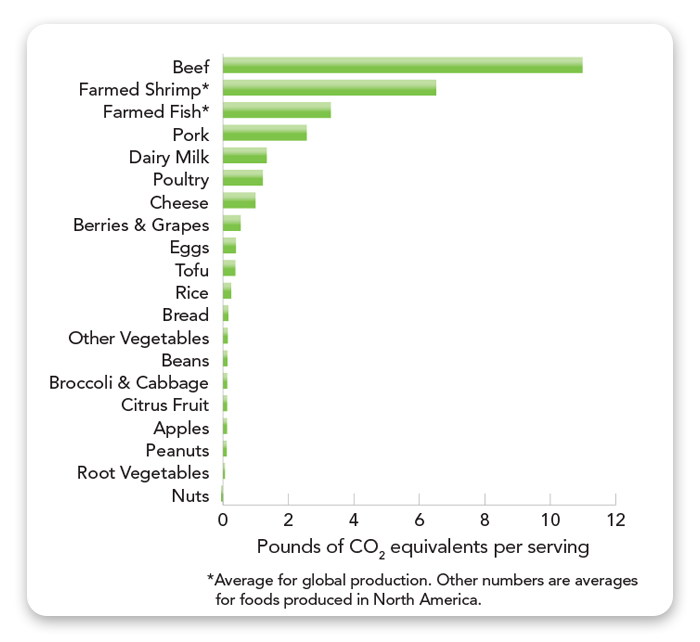
Q:How do cattle boost carbon dioxide emissions?
A: It’s primarily because they have to eat so much corn or soy to produce each pound of meat.
We use fossil fuels to process and transport all that feed. And the feed is grown using fertilizers that emit nitrous oxide, a greenhouse gas that’s 300 times more potent than carbon dioxide.
Meanwhile, the cattle industry is chopping down rainforests and tropical forests in Brazil and elsewhere either to make room for cattle to graze or to grow the crops to feed livestock.
Forests absorb the carbon dioxide that we spew into the air when we burn fossil fuels. By chopping them down, we lose one of our few weapons in the battle against climate change. And most felled trees eventually release their stored carbon into the atmosphere.
Q:Do animal-based diets have other environmental costs?
A: Yes. Growing all that soy and corn is destroying our topsoil. The rains are washing it away. The winds are blowing it away.
And the nitrogen runoff from using so much fertilizer to grow crops like soy and corn has led to dead zones in places like the Gulf of Mexico.
Growing a single crop like soy or corn also reduces biodiversity. Soybeans and corn together occupy 40 percent of the total cropland in the United States.
Specialty crops, which include all other vegetables as well as fruits and nuts, use less than 4 percent of our cropland.
Q:How much would it help to move toward a plant-based diet?
A: My colleagues and I asked: What if we cut total protein intakes about 25 percent, from around 90 grams a day to just under 70 grams? And what if we also shifted 25 percent of our protein to plant protein?
Q:So we’d eat less protein, and we’d get more of the protein we eat from plants?
A: Yes. Using data from Marty Heller, a researcher at the University of Michigan, our co-author Rachael Garrett calculated that this 25–25 shift would lead to 40 percent fewer U.S. greenhouse gas emissions from agriculture.
That would allow us to meet 8 percent of the reductions the U.S. pledged to make to the Paris Climate Agreement. That’s a huge impact from just one modest change. Bigger benefits could come from bigger shifts.
Q:What does a 25–25 shift look like in what people eat?
A: It’s similar to what the Culinary Institute of America calls the “protein flip,” which is part of its Menus of Change initiative—in partnership with Harvard—to promote “plant forward” dishes in restaurants.
The idea was built on the “dessert flip.” People go to a restaurant and get a huge piece of cheesecake with a raspberry on top. Why not a bowl of raspberries with a dollop of cheesecake on top?
So the Institute came up with the protein flip. America is obsessed with having steak or pork or chicken or fish at the center of the plate. What if the center of the plate had seared vegetables, heritage grains, and fabulous legumes seasoned with Moroccan spices? Then you could put two ounces of chicken or fish or beef on top, instead of six or 12 ounces like a steakhouse serving.
Alt meats & dairy
Q:Are processed plant-based meats good for our health?
A: I’ve been a vegetarian since 1983, and I make my own bean or lentil burgers. I think they taste better than packaged meatless burgers like Beyond Meat or Impossible. But it takes longer to prepare them, and I’m not looking for the taste of meat.
I’m a proponent of eating whole foods. But for the sake of the climate and for health, I’m open to processed plant-based meats as alternatives.
Q:Those companies aren’t just making their products for vegetarians.
A: Right. When I was invited to the Beyond Meat kitchen four or five years ago, they were grilling their burgers. At the time, they didn’t quite sound or smell the same as meat while they were grilling.
I thought, who cares? It just has to taste like meat. And they said, no, if we want meat eaters to shift, it has to sound and smell like a sizzling beef burger. Now I see that those sensory similarities matter.
Q:And you later did a study funded by Beyond Meat?
A: Yes. We gave people ordinary burgers, sausages, and chicken for two months and then Beyond Meat versions of those foods for two months, or vice versa. We used the most commonly eaten type of beef burger, which is 20 percent fat. It was grass-fed beef from a local grower.
Q:Was bad cholesterol lower when people ate Beyond Meat?
A: Yes, it was about 10 points lower. Most of the Beyond meats had less saturated fat than the real meats, but I was still surprised that LDL fell that much.
Blood pressure was no different, probably because sodium intakes were similar. Beyond’s beef and chicken have more sodium, but people salted the real beef or chicken. And both Beyond and regular sausages are high in sodium.
But if you look at greenhouse gas emissions or land or water use, there’s no question that a switch to plant foods has a massive benefit for the environment.
Q:You’re not just talking about meat?
A: Right. For example, I’ve counted 17 different kinds of plant-based milk. I’ve been drinking soy milk for decades. Now there’s milk made out of every kind of nut plus flax and hemp. They’re even using fungi to make milk protein.
Someone recently sent me some plant-based shrimp. And now we’ve got Memphis Meats, which is working on cell-cultured meat. They’re growing meat in labs.
Q:But that’s not plant-based.
A: No, but it would cause less harm to the environment, animal welfare, and maybe to workers. My students have been struck by the labor abuses in slaughterhouses that are largely due to line speeds and the repetitive cuts that they’re making day after day, and the injuries that causes.
Q:What about taste?
A: Let’s not forget the joy of eating. The trifecta is food that’s delicious, healthy, and good for the environment.
Beyond Impossible?
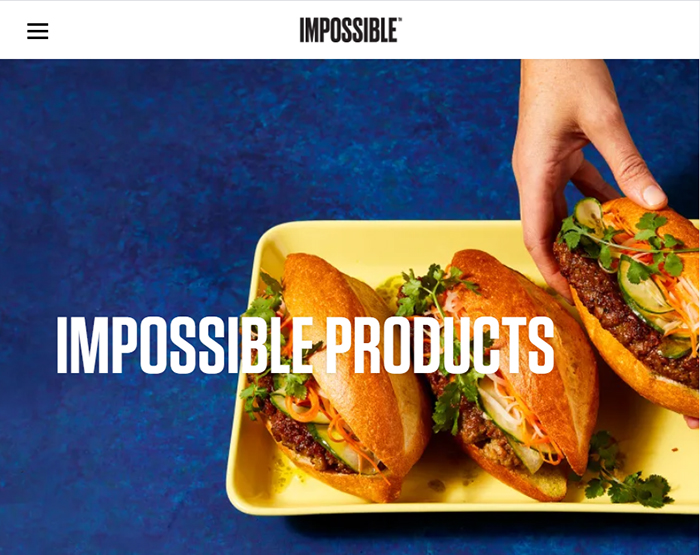
Beyond Meat and Impossible Foods have become the 800-pound gorillas of the plant-based meat world.
Supermarkets still sell meatless burgers, nuggets, etc., from Gardein, Morningstar, and others. (Many are lower in saturated fat than meat.) But Impossible’s burgers, sausages, etc., are also at Burger King, Starbucks, Red Robin, Cheesecake Factory, and elsewhere. And Beyond’s versions are at Denny’s, Dunkin’, TGI Fridays, and Uno, among other chains.
How healthy are they? It depends.
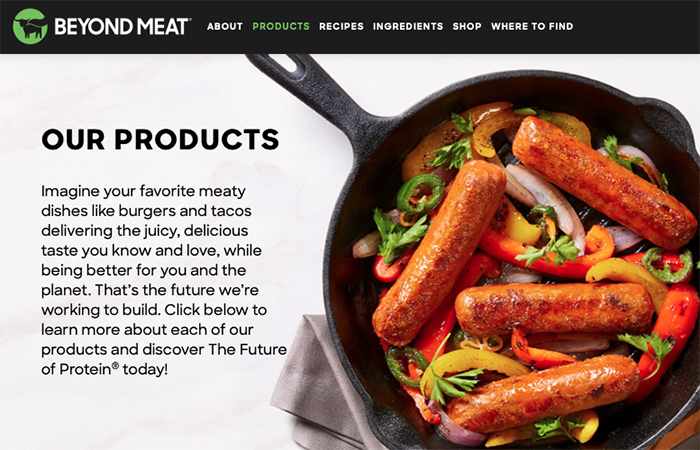
- Impossible Burgers. Like beef, they contain heme (but from a non-meat source). Heme may help form carcinogenic N-nitroso compounds in your gut, which could help explain why red-meat eaters have a higher risk of colorectal cancer. And, thanks to its coconut oil, a 4 oz. Impossible Burger has 8 grams of saturated fat. (A McDonald’s ¼ pound beef patty has 7 grams.)
- Beyond Meat Burgers. They’re heme-free, and a 4 oz. burger has 5 grams of saturated fat.
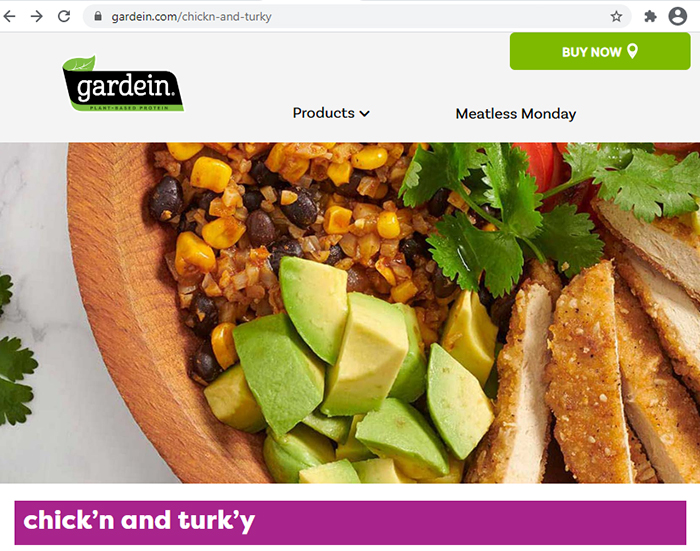
Of course, once a restaurant get its hands on either burger, all bets are off. A TGI Fridays Beyond Meat Cheeseburger with fries, for example, has 1,210 calories and more than a day’s saturated fat and sodium.
But a damaged planet threatens everyone’s health. That’s not nothing. Arguably, it’s everything.
Moove over, Elsie?
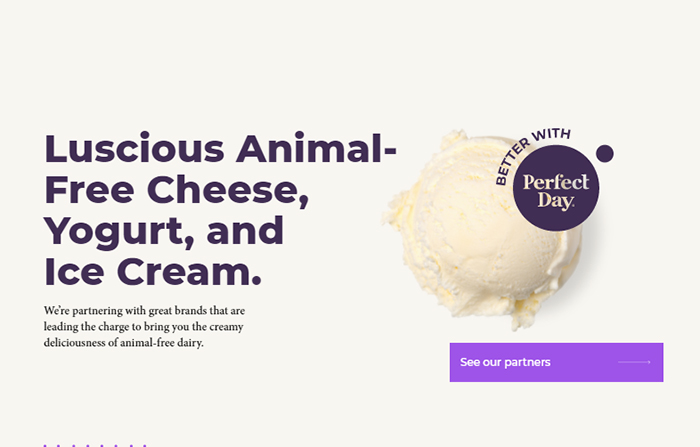
"Perfect Day dairy protein is created by fermentation, not cows,” says manufacturer Perfectdayfoods.com.
“To create an animal-free version of milk proteins, we simply had to introduce...animal genes to an organism other than a cow.” That organism: a type of fungi called Trichoderma reesei.
So far, Perfect Day’s “non-animal whey protein” is in only a handful of foods, like N!ck’s and Brave Robot’s vegan frozen desserts. (Too bad they’re loaded with saturated fat from coconut oil.) Startups like Change Foods are working on animal-free cheese.
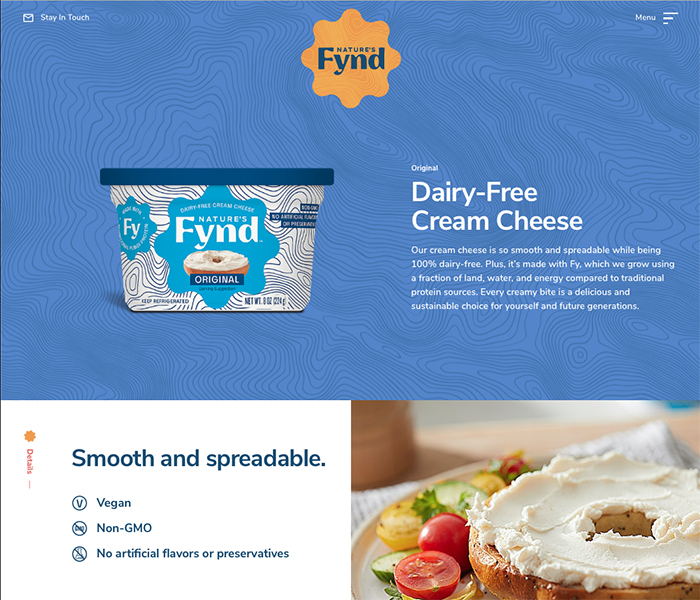
Also new: Nature’s Fynd dairy-free cream cheese and meatless breakfast patties, both made by fermenting Fusarium flavolapis.
Unlike Perfect Day, which uses fungi to make whey, Nature’s Fynd is made of fungi. So are Quorn’s meatless products (they’re Fusarium venenatum).
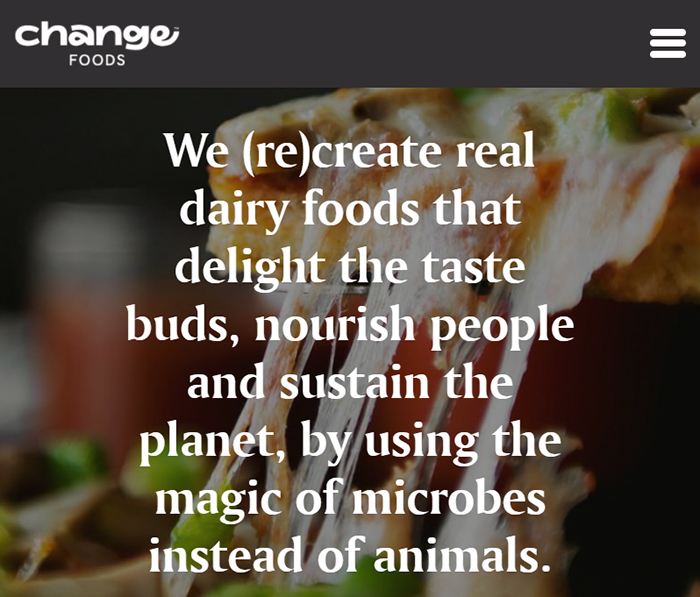
Some people report reactions—nausea, vomiting, diarrhea, and occasionally hives or difficulty breathing—after eating Quorn, which has been sold in the U.S. since 2002. (See cspinet.org/quorn.)
Will Nature’s Fynd or future fungi-based foods also cause reactions? It’s too early to say. If you have allergies, especially to mushrooms or mold (both fungi), use caution.
Cultural revolution?
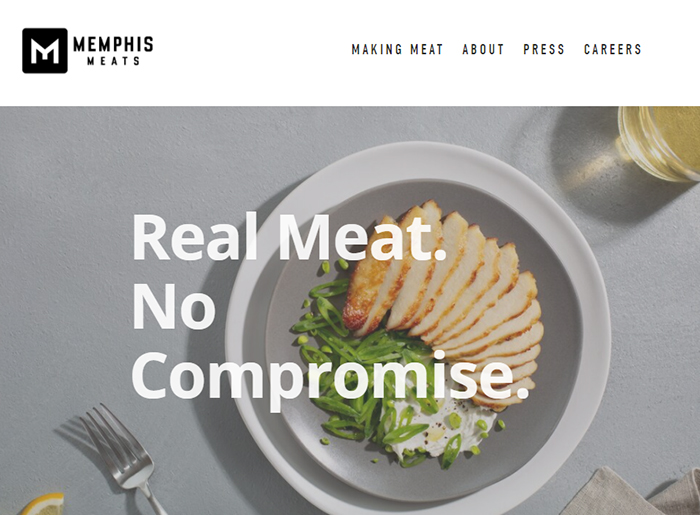
Cells are the building blocks of life,” explains the website of (Bill Gates-backed) Memphis Meats. “We cultivate the cells into meat by feeding them their favorite nutrients.”
Companies around the world are racing to create meat, poultry, and fish out of animal cells that are grown—that is, cultured—in a lab.
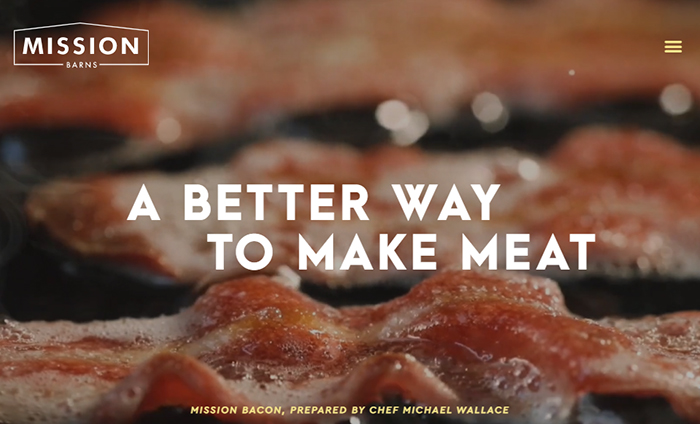
As of March 2021, only one cell-cultured meat had been approved for sale: The Singapore Food Agency allows (San Francisco-based) Eat Just to sell its “chicken bites” at the company’s Singaporean restaurant partner.
Among the stumbling blocks: It’s not easy to create the structure—or scaffolding—that holds meat cells together. (Some companies are trying 3D printers.) And the new “meats” would have to pass muster with each country’s food safety agencies. (Our FDA and USDA would both play a role.)
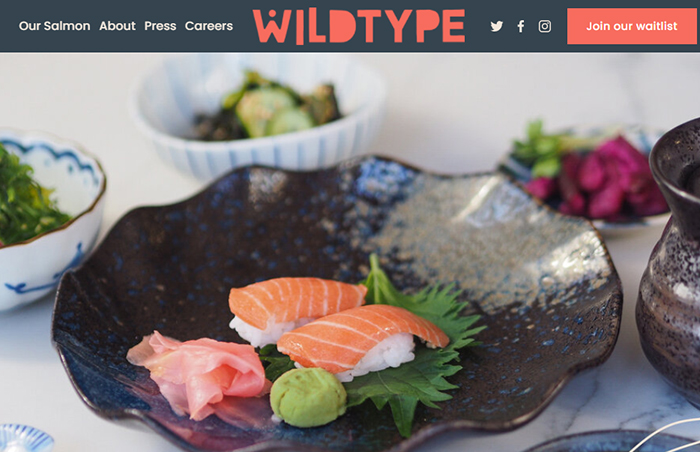
Burgers, steaks, bacon, chicken, salmon, tuna, shrimp...someday, they may come from a lab rather than an ocean, farm, or slaughterhouse.
Stay tuned.
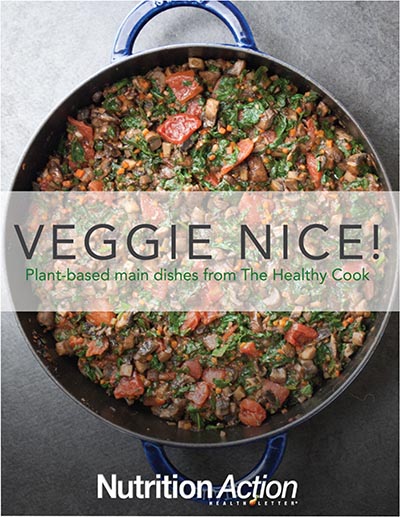
Looking for delicious meat-free recipes that feature whole foods?
Veggie Nice! ($12) contains a month’s worth of main dishes. To order, go to store.nutritionaction.com.
Photo (top): Sea Wave/stock.adobe.com.
Graph: Science 360: 987, 2018.

